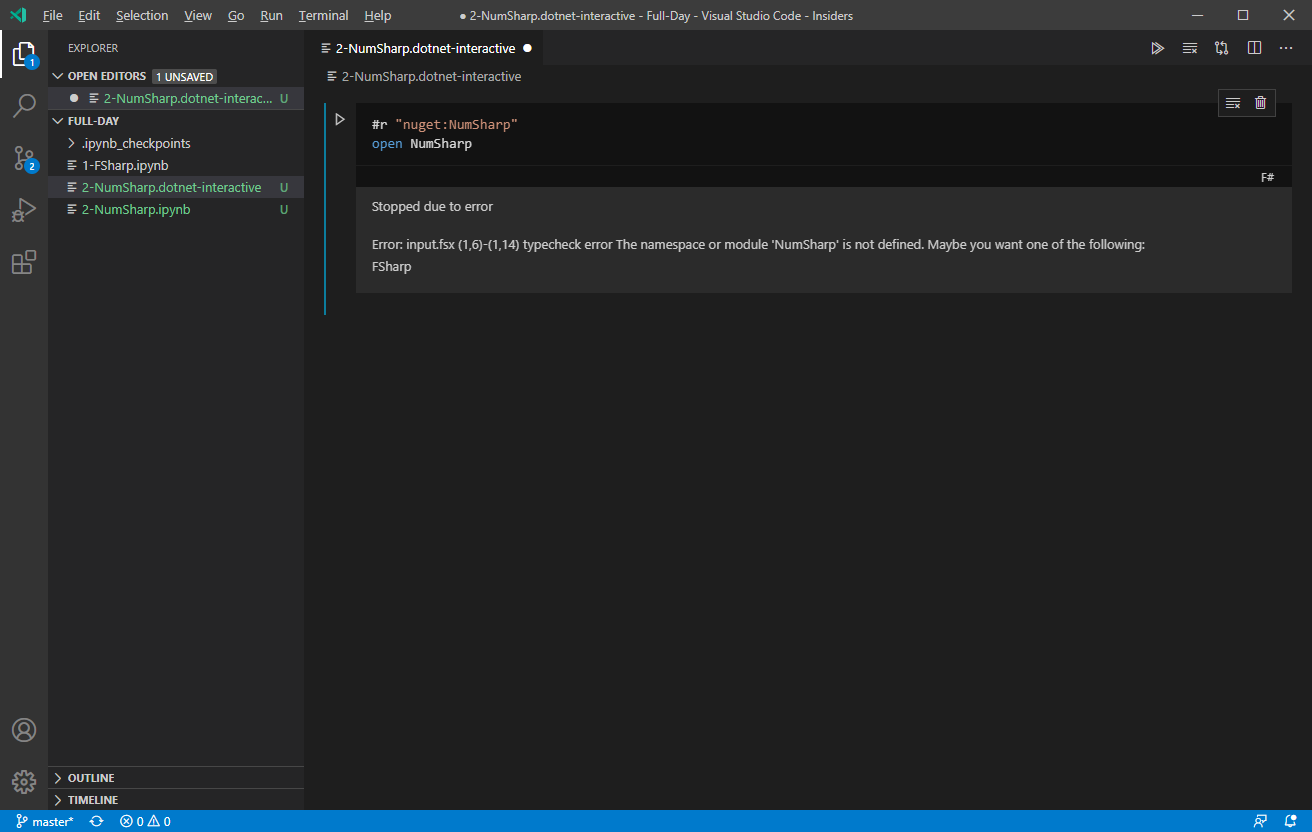



To do so, use the key combination of ⌘ + F6 on MacOSX and Ctrl + F6 on Windows/Linux.Īll this is very cool, but do you know what would be even better? Being able to extract repeated or complex code into its own method or variable.įor example, say you have a string that’s used repeatedly in your class and you want to replace all the string’s instances with a variable. What about when you’d like to change the method signature?Īndroid Studio can take care of changing the method signature for you by adding, removing, or reordering a method’s argument. Note: Android Studio takes care of all of the instances of the field, method or class when you execute rename. If you’d like move a section of code to its own class or to another package, use the F6 key, as shown below: On Windows/Linux: Shift + Ctrl + ↑ and Shift + Ctrl + ↓.On Windows/Linux: Shift + Alt + ↑ and Shift + Alt + ↓.You can easily push code up or pull it down by using: Using Android Studio, you have a variety of shortcuts to help you do this without introducing errors. When you introduce new changes, you’ll often have to shift a line of code. Moving code around is one of the most frequents tasks in a developer’s day-to-day activities. In this section, you’ll explore some of the Android Studio features which simplify the refactoring overhead to a few keystrokes, letting you refactor with confidence! Using Shortcuts to Move Code Around However, if you offload all the steps involved to the IDE and let it execute the refactoring task as an automated process, it becomes a piece of cake. If your only option was to refactor your code by hand using a simple text editor, you’d be right. Your spontaneous reaction to refactoring might be that it’s too much work and leads to unintended bugs in the codebase. If not, fire up Android Studio and select Open an existing Android Studio project from the Welcome screen, then choose the top-level project folder for the starter project you downloaded. If you already have Android Studio 3.4.1 or later open, click File ▸ Import Project and select the top-level project folder you downloaded. To get started with this tutorial, click the Download Materials button at the top or bottom of the page to download the starter project. For Windows and Linux, you’ll find the shortcuts to use either in the animated gifs or written out in the tutorial, where necessary. Note: Inside Android Studio, the set keyboard shortcuts correspond to the default MacOSX key mapping. Keeping Your Code Tidy With Region Blocks.Logging Using Non-Suspending Breakpoints.Using Android Studio to Navigate Your Codebase.Hide contents Android Studio Tips and Tricks


 0 kommentar(er)
0 kommentar(er)
